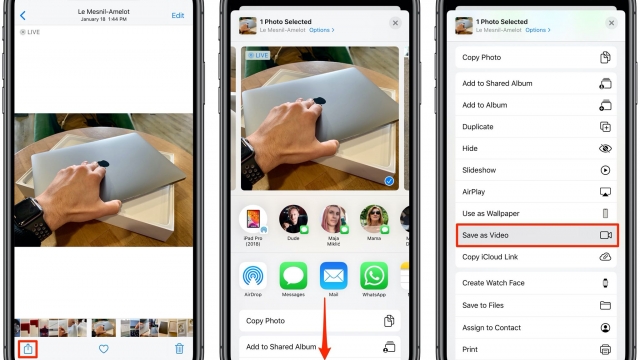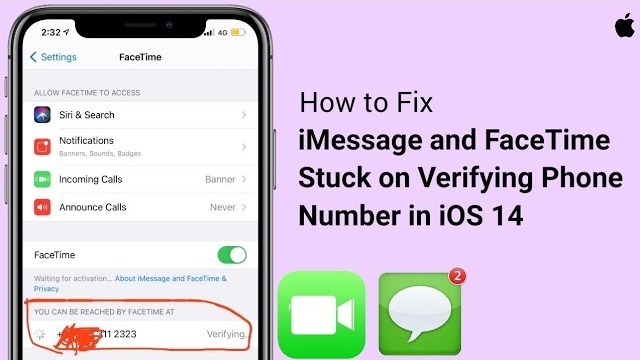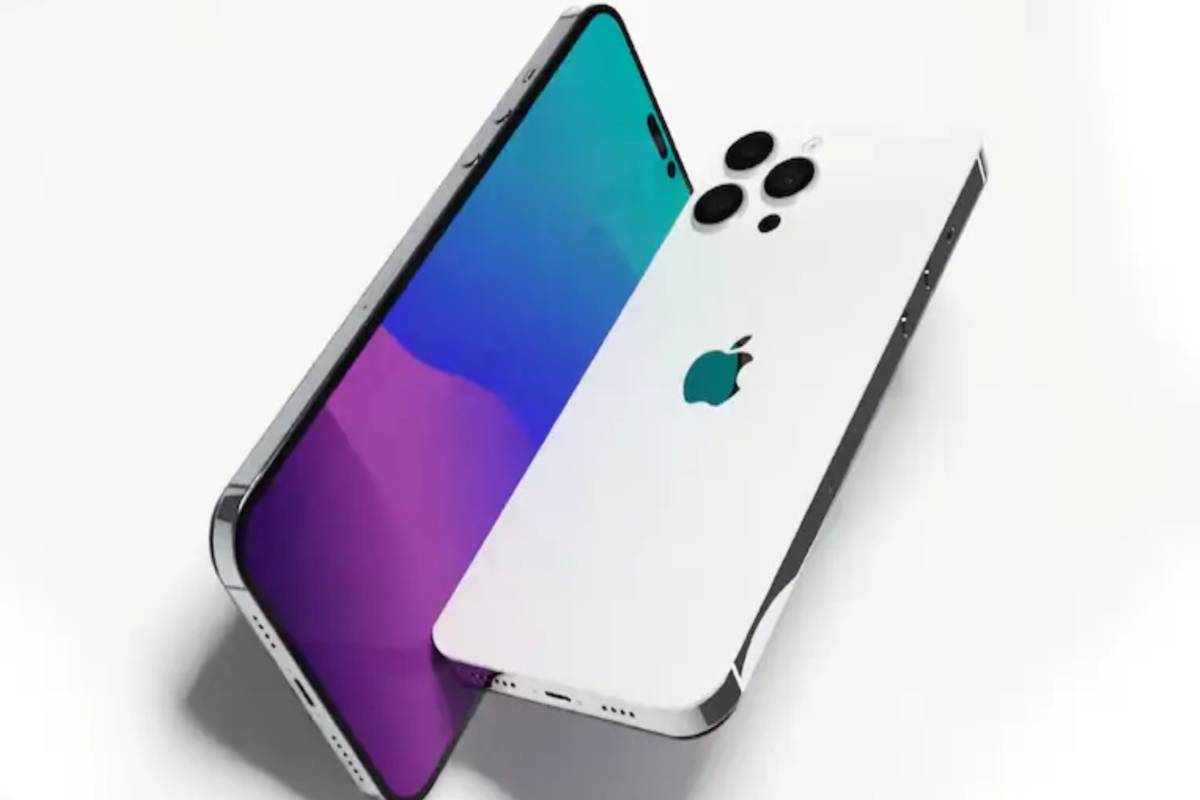
If you’re looking to unlock your iPhone, there are several different methods to do so. Depending on what version of the iPhone you have and what carrier you use, you may be able to use the Unlock iPhone app or you might have to do a physical unlock.
Unlocking iPhone 7 carrier is legal in the UK
It is legal to unlock your iPhone in the UK. There are several reasons why you may want to get it unlocked. These include wanting to try a new SIM card or wanting to change carriers.
To be able to unlock your iPhone, you will need to know your IMEI number. You can find this on your handset by going into the settings.
In the UK, the iPhone is sold on a two-year contract. If you purchased your handset on a Pay As You Go (PAYG) deal, you can ask your carrier to unlock it for you. Most networks will do this for free.
There are also a variety of third-party unlocking services available. The easiest way to test whether your phone will work on another network is to purchase a SIM card from a different provider. This will allow you to use your iPhone on their network for a few days. After that, you can check to see if your phone will still work.
Unlocking iPhones isn’t a permanent unlock
If you’ve ever owned an iPhone, you might have received a message on the screen saying your phone is locked. You may also have heard that it’s possible to unlock it, but the actual process is not as straightforward as it might seem.
Unlocking a smartphone is a complicated process that requires the involvement of the network provider. It’s also important to note that unlocking a mobile phone won’t always ensure compatibility with other carriers.
The simplest method is to use a third-party unlocking service. These services are available for most major mobile phone networks, including AT&T, Sprint, Verizon, T-Mobile, and Virgin Mobile.
However, some networks only allow this service to be performed by the phone’s original owner. To learn more about your network’s policy, contact your carrier or visit their website.
There are three ways to unlock your iPhone. One involves the IMEI, which is like a unique serial number for all mobile phones in the world. Another way is to unlock your phone’s SIM card. For this, you will need a security code and your account information.
Restoring an iPhone from a backup
Restoring an iPhone from a backup is a useful tool for repairing issues with iOS system software, battery drain, and unexplained problems. However, before you can do this, you need to make sure that your iPhone has an iCloud backup, and that you trust your device.
When you are preparing to restore an iPhone from a backup, you need to ensure that you are connected to a Wi-Fi network and that you have the appropriate password for your iCloud account. You will also need to connect your iPhone to power. If you are not sure about these steps, you can get help from Apple.
Once you are ready to start the process of restoring an iPhone from a backup, you will be greeted by a welcome screen. From here, you will need to follow onscreen instructions to set up your iPhone. During this process, you will be prompted to set up a Wi-Fi network and select a password.
Unlocking an iPhone with a fingerprint sensor
If you own an iPhone or iPad, you probably know about Touch ID. It’s a feature that enables you to unlock your device with your fingerprint.
When you first set up your device, you will be asked to hold it as you normally would. However, instead of pressing the Home Button, you will be instructed to “touch the outer areas of your fingertip”. This step is necessary so that the sensor can read your fingerprint.
Next, you’ll be asked to enter a passcode. The passcode is needed to perform additional security checks.
You can add more than one fingerprint to your iPhone. In fact, you can have up to five different digits registered to your device. These digits will allow you to make purchases in the App Store and iTunes.
However, the first time you try to unlock your phone with your Touch ID, it might not work. Fortunately, you can re-register your fingerprint and fix the problem.




